
Billboard Insider recently came across a billboard, which includes in the display a QR code. We’ve all become familiar with the use of QR codes, whether in restaurant menus, print media, and even television commercials. You know how it works: click on the QR code with your cell phone camera, and the detailed display appears on your screen. It’s a handy way for the customer to secure much more detailed information than he would have otherwise observed by merely looking at a static ad.
But, this is not one of those Billboard Inside articles about “Rate this Billboard.” Granted, I suspect the color, graphics, and other details of the billboard display would rate very high, if one were to actually stop their car, click on the QR code with their camera phone, and view the ad on their screen. Instead, this legal article considers the potential liability of the operator of a billboard containing a QR code, who may be sued when a distracted driver looks at the ad on his phone and causes a traffic accident.

There’s a long line of legal precedents, including in the Supreme Court from Metromedia vs San Diego to Reagan vs Austin, upholding the avoidance of driver distraction as a legitimate ground for regulating billboards. Indeed, the definition of “sign” in virtually every municipal ordinance contains some reference to a structure that “attracts attention to the goods, services, or business displayed” on the structure. The challenge, of course, is to not distract attention of the driver, while still safely viewing the billboard display.
I just don’t know how a driver could do so, when he has to train and click his camera phone on a QR code and view the ad on his screen, all while maneuvering through busy highway traffic. Now, many cities have passed ordinances requiring “hands free” phone use in vehicles; but, clicking on a QR code is different from talking on a speaker. And, I suppose the passenger in the car could safely access the QR code and ad, but most vehicles contain a single occupant. At the minimum, the operator should place a conspicuous notice and warning on his billboard not to access the QR code while driving.
In short, I predict that, if an operator displaying such a QR code and ad on his billboard knew or should have reasonably anticipated that such a display would cause driver distraction and lead to a traffic accident, he could be held liable for the injuries and damages of the distracted driver and those he collided with. I therefore recommend not using QR codes on signs visible to drivers on public thoroughfares.
To receive a free morning newsletter with each day’s Billboard insider articles email info@billboardinsider.com with the word “Subscribe” in the title. Our newsletter is free and we don’t sell our subscriber list.
Paid Advertisement
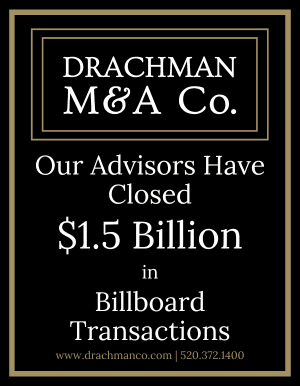



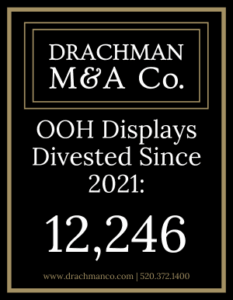

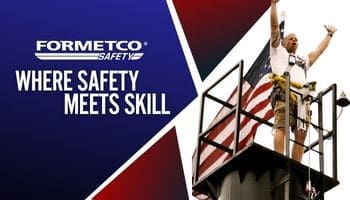


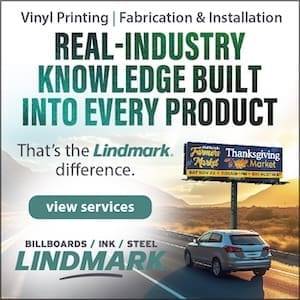

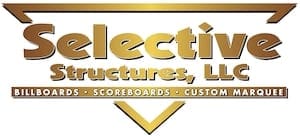
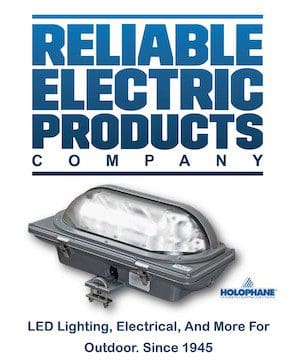
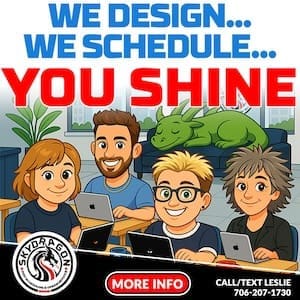
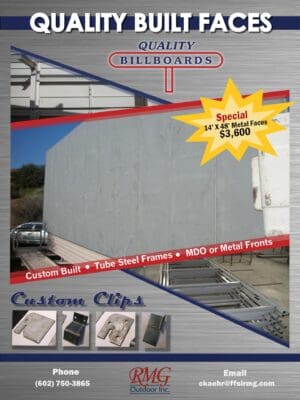



I agree 100%, Richard. This is why I strongly discourage my clients and their advertisers from using QR codes on their billboards.
I concur with the “other” Richard. QR codes work on kiosks and other displays aimed at pedestrians. They are potentially dangerous on anything directed to drivers. We should not do something just because we can. Consider the broader context!
In my opinion clicking in a qr code while driving is like eating your morning cereal while driving to work…
A personal injury attorney firm will create new areas of litigation from this one.
This is likely TL:DR – I agree that QR codes/tags are potentially a distraction for drivers. There are too many steps to read one, and there are physical limits of legibility to the QR format. Years back, when they became moderately popular, I studied what was needed for a QR code to be legible for OOH and fleet graphics. The results were simply prohibitive for them to be an effective tool for highway OOH and fleet uses. Starting out – the QR tag needs to be clearly visible to the camera for the duration of the capture. That capture is dependent on the data/message in the code, the image processor in the phone, and the environment. It can take anywhere from 1 to 4 seconds of steady visibility based on the amount of data encoded by a simple QR tag. Additionally, most cameras will default to interacting with a QR code rather than just taking a picture and then interpreting the code. This bogs down the capture with user prompts increasing driver distraction. We found that at highway speeds, you cannot read a 24″ 24 character QR tag on the back of a semi while driving at a safe distance. On the side of a semi from adjoining lanes, a driver must hold the camera steady for 300-600 feet of roadway to capture a 42″ 24 character QR tag on the side a semi (again thru a clean window and pacing at a safe distance). From a visibility perspective, QR tags need to be treated like a letter for visibility, where distance and letter height interact (bigger letters = farther distance legibility). This isn’t the dimension of the qr tag as a whole, but rather the size of each black or white pixel in the tag. The camera needs to resolve the pixels to get the tag data. The camera may SEE the qr tag and try to resolve it, but the pixels may not be large enough for visibility to the camera. The pixels are where the data is encoded, not the overall QR tag. This means a QR tag has a very limited capture distance on the road. We found that for a 24 character QR we needed 30 feet per every 1 inch of pixel size to be rapidly legible in stopped traffic from immediately behind a semi. Because there is redundancy in QR tag content for error correction to fill in any bad scan, the tags contain duplicate data and the more data encoded and more error correction the smaller the encoded pixels and the longer the capture time needed. Diving deep into it we found that encoding a website link of 24 characters with minimum error correction, we needed a 3’6″ by 3’6″ QR tag on the side of a semi trailer at 55 mph if read from adjoining lanes. That is almost 40% of the trailer’s body height. Far better to just use a big bold message in a box or circle. In closing, QR tags are great for OOH media like transit shelters, bus interior cards, and ads with a heavy pedestrian visibility, but for on the road use they are definitely destractive, and an inefficient means to sending the message. Just get a good short domain name and go bigger in character height or visibility enhancements.